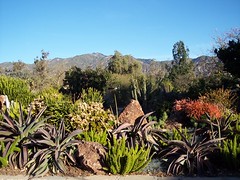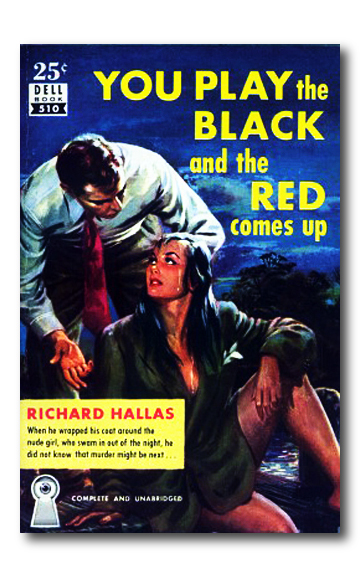The legendary Emily Carr was primarily a painter, but she first gained recognition as a writer. Her first book, […], was titled Klee Wyck ("Laughing One"), in honor of the name that the Native people of the west coast gave her as an intrepid young woman. The book […] won the prestigious Governor General's Award […]. [She] wrote these twenty-one word sketches after visiting and living with Native people, painting their totem poles and villages, many of them in wild and remote areas. She tells her stories with beauty, pathos and a vivid awareness of the comedy of people and situations. — Goodreads.com
Douglas & McIntyre is proud to announce definitive, completely redesigned editions of Emily Carr's seven enduring classic books. These are beautifully crafted keepsake editions of the literary world of Emily Carr, each with an introduction by a distinguished Canadian writer or authority on Emily Carr and her work. Emily Carr's first book, published in 1941, was titled
Klee Wyck ("Laughing One"), in honour of the name that the Native people of the west coast gave to her. This collection of twenty-one word sketches about Native people describes her visits and travels as she painted their totem poles and villages. Vital and direct, aware and poignant, it is as well regarded today as when it was first published in 1941 to instant and wide acclaim, winning the Governor General's Award for Non-fiction. In print ever since, it has been read and loved by several generations of Canadians, and has also been translated into French and Japanese. Kathryn Bridge, who, as an archivist, has long been well acquainted with the work of Emily Carr, has written an absorbing introduction that places
Klee Wyck and Emily Carr in historical and literary context and provides interesting new information.
Here are the questions we discussed December 5, 2012:
- How did her writing style shape what she was saying?
- Why were all the places abandoned?
- Could you envision the landscape? What stayed in your mind?
- How old to you think she was throughout the memoir?
- How did her work as an artist affect her work as a writer?
- How did the length of the stories shape what you read?
- Were the stories “haunting?” Why? Why not?



 Sea of Cortez by
Sea of Cortez by  You Play the Black and the Red Comes Up by
You Play the Black and the Red Comes Up by